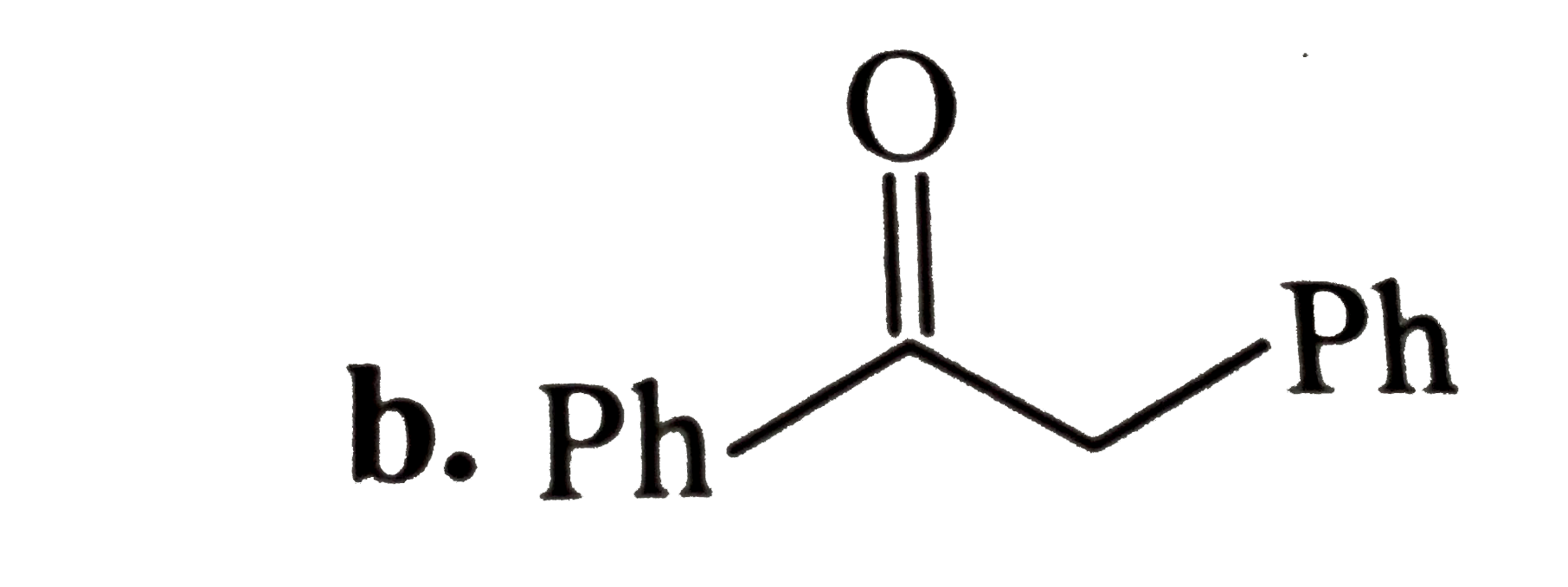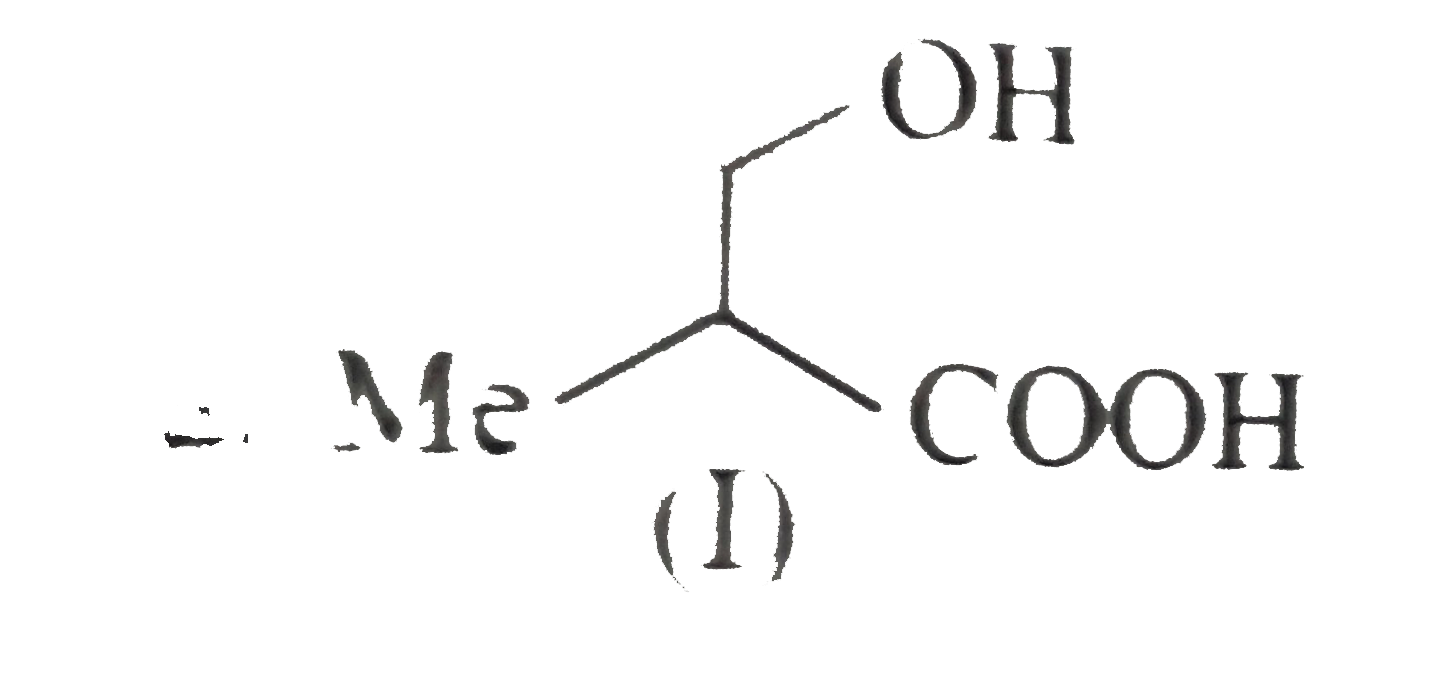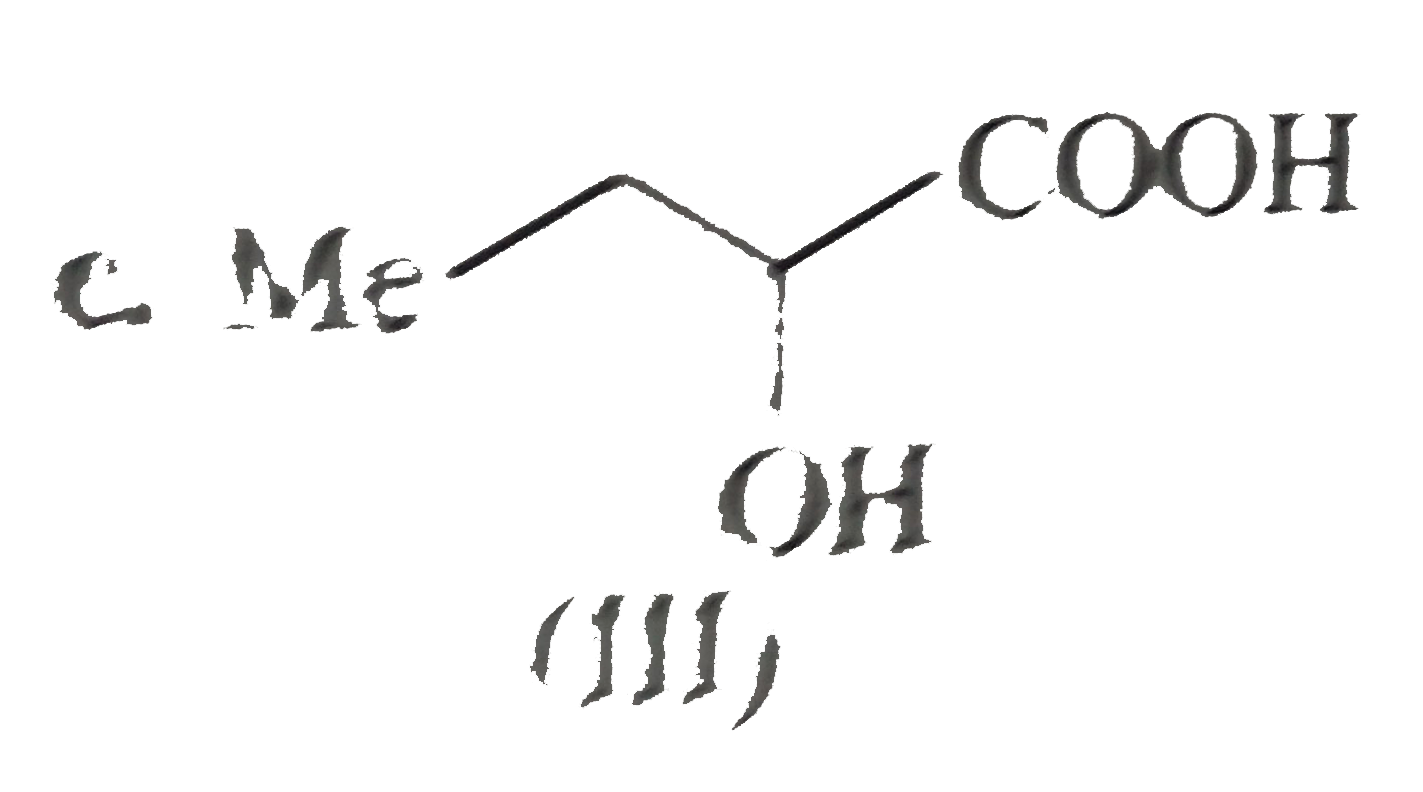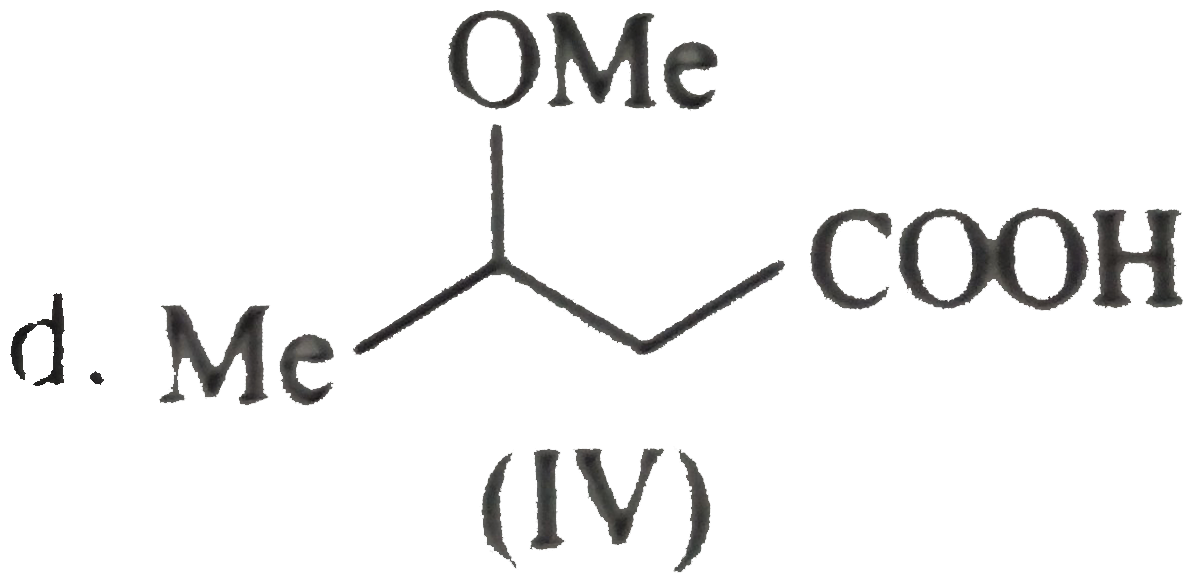
Compound (F) is:


Both (a) and (b)
None
The correct Answer is:A
Topper's Solved these Questions
- ALIPHATIC AND AROMATIC ALDEHYDES AND KETONESBOOK - CENGAGE CHEMISTRYCHAPTER - ALIPHATIC AND AROMATIC ALDEHYDES AND KETONESEXERCISE - Exercises Multiple Correct
40 Videos
- ALIPHATIC AND AROMATIC ALDEHYDES AND KETONESBOOK - CENGAGE CHEMISTRYCHAPTER - ALIPHATIC AND AROMATIC ALDEHYDES AND KETONESEXERCISE - Exercises Single Correct
72 Videos
- ALIPHATIC AND AROMATIC ALDEHYDES AND KETONESBOOK - CENGAGE CHEMISTRYCHAPTER - ALIPHATIC AND AROMATIC ALDEHYDES AND KETONESEXERCISE - Exercises Concept Application
20 Videos
- ALCOHOL,PHENOL AND ETHERSBOOK - CENGAGE CHEMISTRYCHAPTER - ALCOHOL,PHENOL AND ETHERSEXERCISE - Archives Analytical And Descriptive
15 Videos
- AMINESBOOK - CENGAGE CHEMISTRYCHAPTER - AMINESEXERCISE - QUESTION BANK
1 Videos
Similar Questions
Compound (E) when treated with KCl gives an orange red compound (F) which is used as an oxidising reagents.
View SolutionCatalytic dehydrogenation of methyl cyclohexane, obtained from petroleum, gives a liquid which on treatment with chlorosulphonic acid at 370 K ylelds a mixture of two isomers (A) and (B), C7H7SO2CI. The major isomer (A) reacts with ammonia to form (C), which on oxidation with permanganate gives compound (D), On heating, compound (D) gives a well known sweetening agent (E). The minor isomer (B) also reacts with ammonia to give a compound (F) which on treatment with NaOCI/NaOH gives an antiseptic (G). Compound (F) on reaction with NaOCI/Cl2 (excess) and fotlowed by oxidation gives a compound (H) used for sterilising drinking water Identify (A) lo (H).
View Solution
Knowledge Check
Four isomeric optically active compounds NaHCO3−−−−−→CO2(g)(A,B,C,D)(C4H8O3)
Compound (A)LAH−−→(E) (Archiral compound)
Compound (B)KMnO4−−−−−→orCrO3 Inert to oxidation.
Compound (C)−−−−−−−−→NaOI/H3O⊕CHI3(Yellowppt.)+Compound(F).
Compound (D) is :A(I)B(II)C(III)D(IV)Four isomeric optically active compounds NaHCO3−−−−−→CO2(g)(A,B,C,D)(C4H8O3)
Compound (A)LAH−−→(E) (Archiral compound)
Compound (B)KMnO4−−−−−→orCrO3 Inert to oxidation.
Compound (C)−−−−−−−−→NaOI/H3O⊕CHI3(Yellowppt.)+Compound(F).
Compound (B) is :A(I)B(II)C(III)D(IV)Four isomeric optically active compounds NaHCO3−−−−−→CO2(g)(A,B,C,D)(C4H8O3)
Compound (A)LAH−−→(E) (Archiral compound)
Compound (B)KMnO4−−−−−→orCrO3 Inert to oxidation.
Compound (C)−−−−−−−−→NaOI/H3O⊕CHI3(Yellowppt.)+Compound(F).
Compound (A) is :A B
B C
C D
D
An organic compound (A) gives positive Liebermann's nitroso reaction and on treatment with CHCl2/KOH followed by hydrolysis gives (B) and (C). Compound (B) gives pink colour with Schiff's reagent but not (C) which is steam volatile. (C) on treatment with LiAlH4 gives (D) (C7H5O2) which on oxidation gives E. 'E' reacts with acetic anhydride and gives compound F. calculate molecular weight of 'F'.
View SolutionCompound (x)(m.f=C7H8N), on reaction with NaNO2 and conc. HCl at O∘C followed by β− naphthol gives orange coloured dye. Compound (x) is :
View SolutionFour isomeric optically active compounds NaHCO3−−−−−→CO2(g)(A,B,C,D)(C4H8O3)
Compound (A)LAH−−→(E) (Archiral compound)
Compound (B)KMnO4−−−−−→orCrO3 Inert to oxidation.
Compound (C)−−−−−−−−→NaOI/H3O⊕CHI3(Yellowppt.)+Compound(F).
Compound (C) is :
View SolutionAn organic acid (A) reacts with concentrated oxide (C) and a diatomic oxide (D). When D reacts with chlorine gas a poisonous gas (E) is evolve. This gas with ammonia gives an organic compound (F). Which of the following are true.
View SolutionAn organic compound (A) on heatig produces two gases (B) and (C) and neutral oxide (D) which turns cobalt chloride paperr pink. Gas (B) turns lime water milky and produces an acidic solution with water. Gas (C) produces a poisonous gas (E) with chlorine gas, the gas, this gas with ammonia gives an organic compound (F) which on further reaction with (D) gives NH3 gas. Then, compound (A) and (F) can be found as:
View Solution

